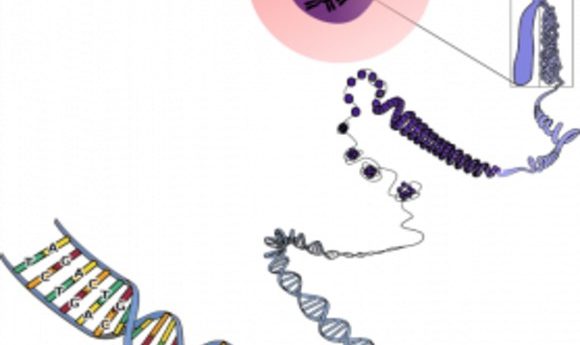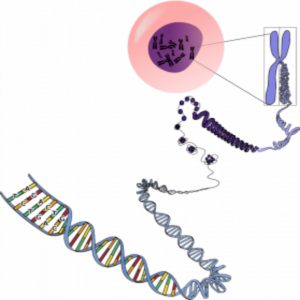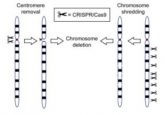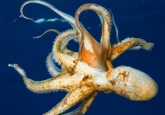The rise of Y chromosome genes

The Y chromosome is the odd man out, genetically speaking. However, scientists recently discovered that the Y chromosome acquires new genes more frequently than previously expected.

When it comes to evolution, the Y chromosome is a bit of a mystery. For starters, it lacks a partner for recombination. So how does the Y chromosome acquire new genes and, more broadly, how does it evolve?
Scientists working with Drosophila accepted that the species’ Y chromosome had only gained 7 genes over the past 63 million years—or so they thought. Contrary to previous understanding, a new study in PNAS now reports that the rate of Y chromosome gene acquisition in Drosophila is higher than anticipated.
For their study, Christian Schlötterer’s team at the University of Veterinary Medicine, Vienna designed a new method for assessing Y chromosome gene transfer, using deeply inbred Drosophila strains.
“This paper is nice because it is describing a pretty simple and inexpensive way to identify recent gene duplications to the Y chromosome that doesn’t require spending a lot of effort building genome assemblies that include the y chromosome,” explained Amanda Larracuente, an assistant professor at the University of Rochester, who was not involved in this study.
A gene transferred to the Y chromosome must come from an autosome or X chromosome, both of which should be similar in inbred male and female fruit flies. Using the inbred female genome as a reference genome, the team performed next-generation sequencing–based assessment to identify Y chromosome genes as sequences only present in inbred males.
By comparing Y chromosome genes across 3 Drosophila strains (D. melanogaster, D. simulans, and D. mauritiana), the team identified 45 unique Y-linked consensus transfers, 25 of which were gene transfers.
“This was contrary to my expectations because I thought these were events happening very rarely and what we found suddenly was ‘Oh gosh, we have them have them everywhere,’” recalled Schlötterer.
Y-linked gene transfers occur either by genomic region translocations or integration of retrocopies, genes that lack intron sequences after being copied from RNA. When Schlötterer’s team closely inspected the genes that transferred onto the Y chromosome, they found 8 retrocopy-based gene transfers by identifying sequences that showed signs of splicing and that lay in the boundaries of a donor gene. Thirteen gene transfers were DNA translocations; the mechanism behind the remaining gene transfers was not clear . Interestingly, the mode of gene transfer appeared to be species specific. For instance, of the retrocopy-based gene transfers, 5 occurred in D. mauritianaand 6 in D. simulans; none were found in D. melanogaster.
“What I found more surprising in the end analysis was that we found several [Y-linked gene transfers] to have this signature of being functionally important,” Schlötterer said.
Functionally important genes survive over time against purifying selection. To determine if selection acted on the genes transferred to the Y chromosome, the researchers calculated the ratio of nonsynonymous to synonymous nucleotide substitutions. The ratio indicated that only three of these genes maintained functionality. The team discarded genes with incomplete open reading frames or inactivating mutations from this analysis. However, their current estimate of functional Y-linked gene transfers may be conservative—some genes had a low substitution ratio but were statistically insignificant.
“Y chromosomes have different dynamics in different species, so the Drosophila Y chromosome is kind of special in being very dynamic,” stated Schlötterer.
Fascinated with the diversity between close species, Schlötterer’s group now plans to conduct larger taxonomic studies in fruit flies to evaluate the broader phylogenetic context of the rate of Y-linked gene transfers among Drosophila species.





